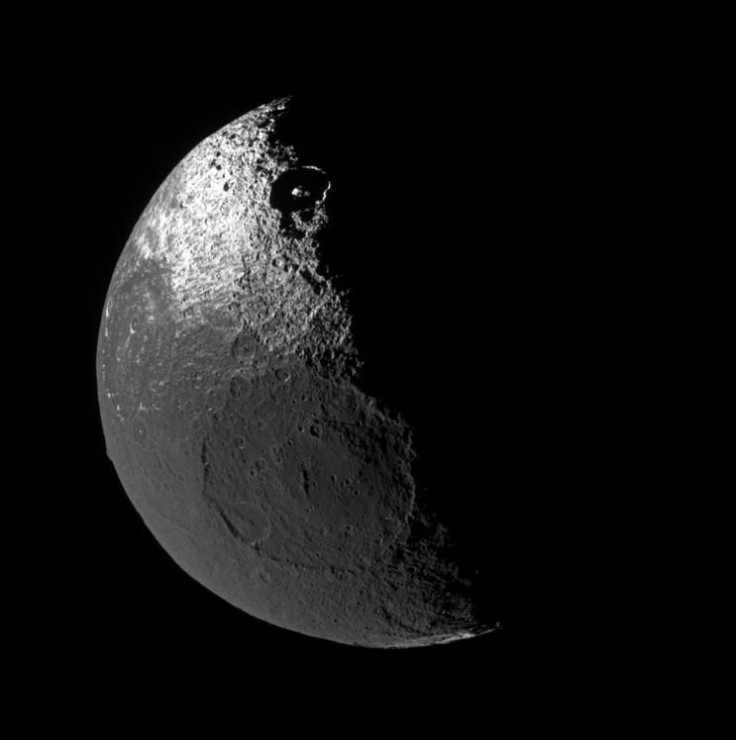India Ready To Launch Its Ambitious Chandrayaan-2 Lunar Mission This Weekend
India is a part of the modern moon-race and is now ready to launch its ambitious Chandrayaan-2 lunar mission this weekend. The country's space agency is trying for a soft landing in the Moon’s south polar region.
If successful, India will soon be ranked with the United States, China, and Russia for a controlled landing on the lunar surface.

Scheduled to be launched on July 15 atop India’s most powerful booster, a three-stage GSLV Mk-III rocket from the Satish Dhawan Space Centre in Sriharikota, the Chandrayaan-2 is made up of an orbiter, a lander called Vikram and a rover known as Pragyan. The Indian Space Research Organization (ISRO) hopes for a smooth landing on a high plain between two craters called Manzinus C and Simpelius N, which is located about 70 degrees south of the equator.
The ISRO Chairman K. Sivan told media that the last 15 minutes to the landing are going to be the most terrifying moments for the organization. Sivan said variations in lunar gravity, terrain and dust are likely to cause problems. “This is the most complex mission ISRO has undertaken,” he said.
“The Chandrayaan-2 orbiter will be capable of communicating with the Indian Deep Space Network (IDSN) on Earth as well as the Vikram lander on the surface of the moon,” he explained, adding that the mission life of the orbiter is one year, and that it will be placed in a 62-mile-high (100 kilometers) circular polar orbit.
According to an official statement by the ISRO, a series of maneuvers will be carried out to raise its orbit and put Chandrayaan-2 on Lunar Transfer Trajectory. It says that on entering moon’s sphere of influence, onboard thrusters will slow down the spacecraft for Lunar Capture. “The orbit of Chandrayaan-2 around the moon will be circularized to 100X100 km orbit through a series of maneuvers. On the day of landing, the lander will separate from the orbiter and then perform a series of complex maneuvers comprising of rough braking and fine braking,” the statement explained.
Meanwhile, scientists and space enthusiats throughout the world are expected to keenly follow India’s latest moon mission. Experts believe the moon’s south pole is an ideal location for future human outposts and no other space agencies have landed in this side of the moon due to extreme terrain related risks. The world hopes that ISRO’s Chandrayaan-2 makes a successful landing.
© Copyright IBTimes 2025. All rights reserved.





















